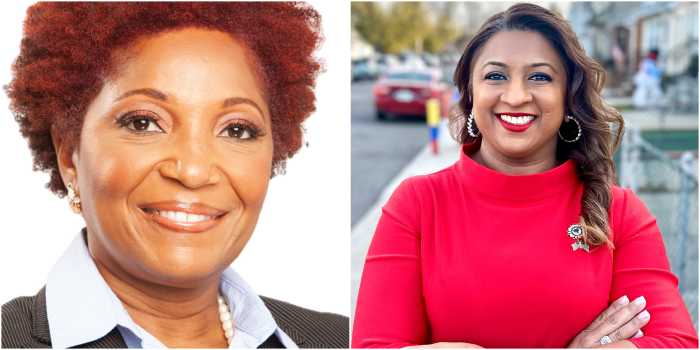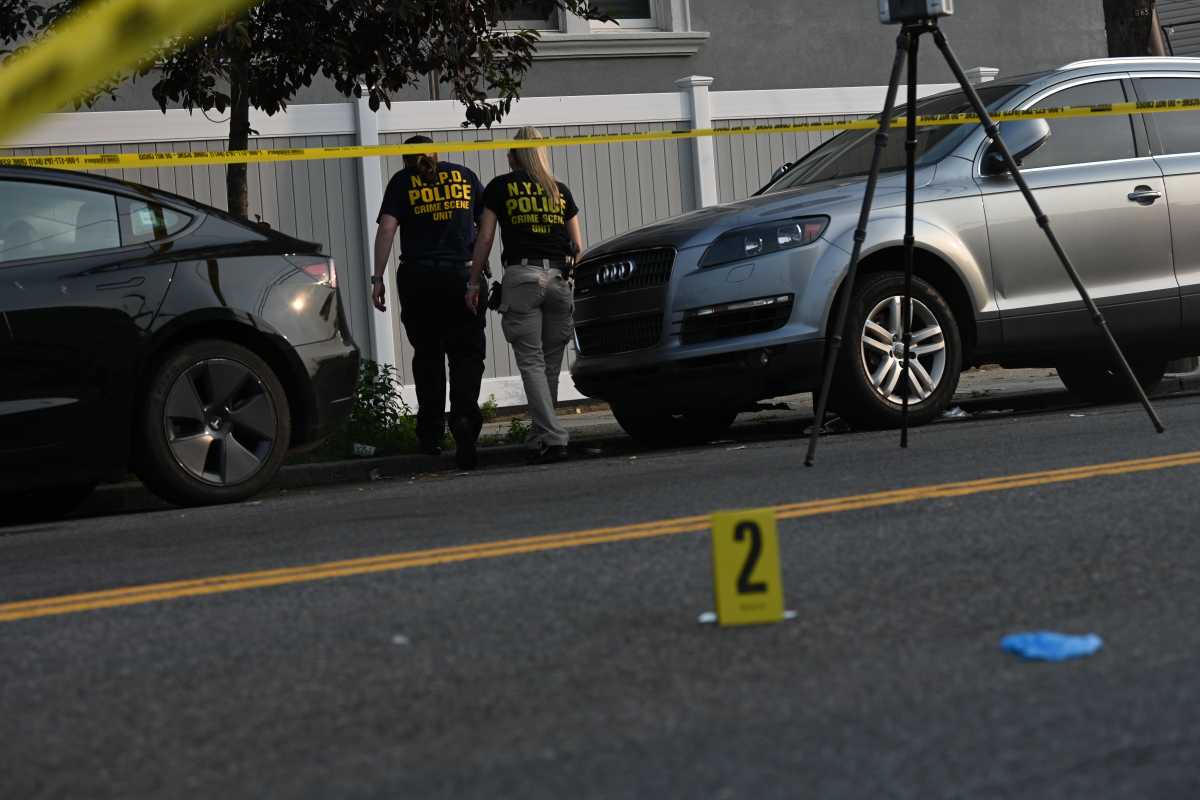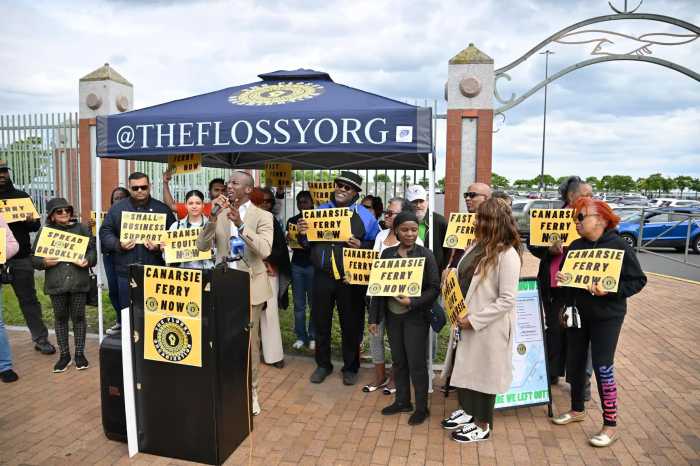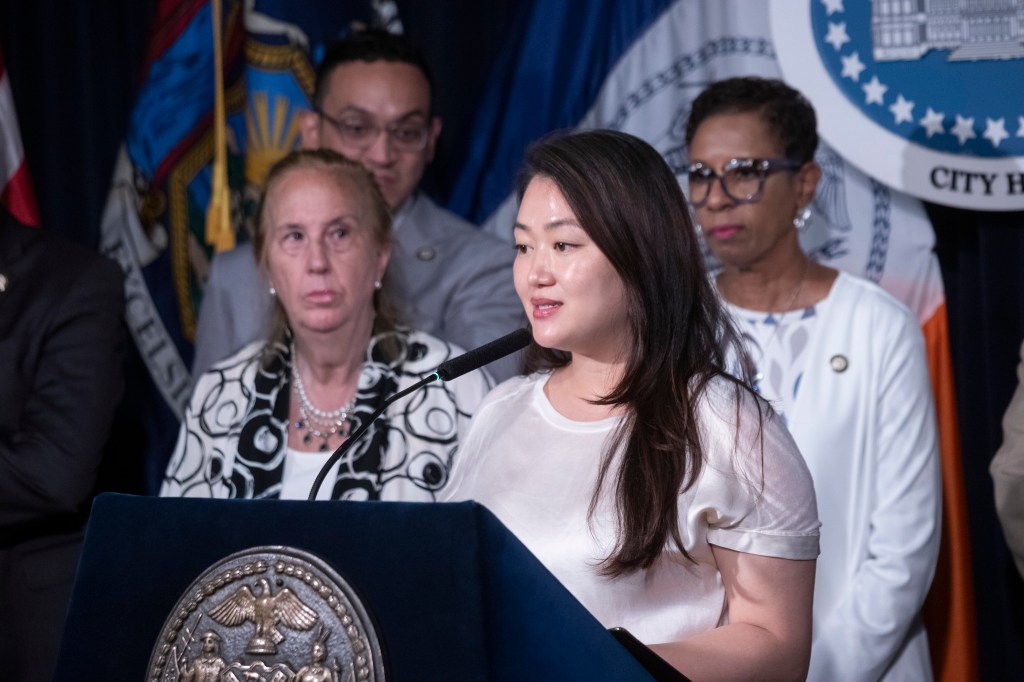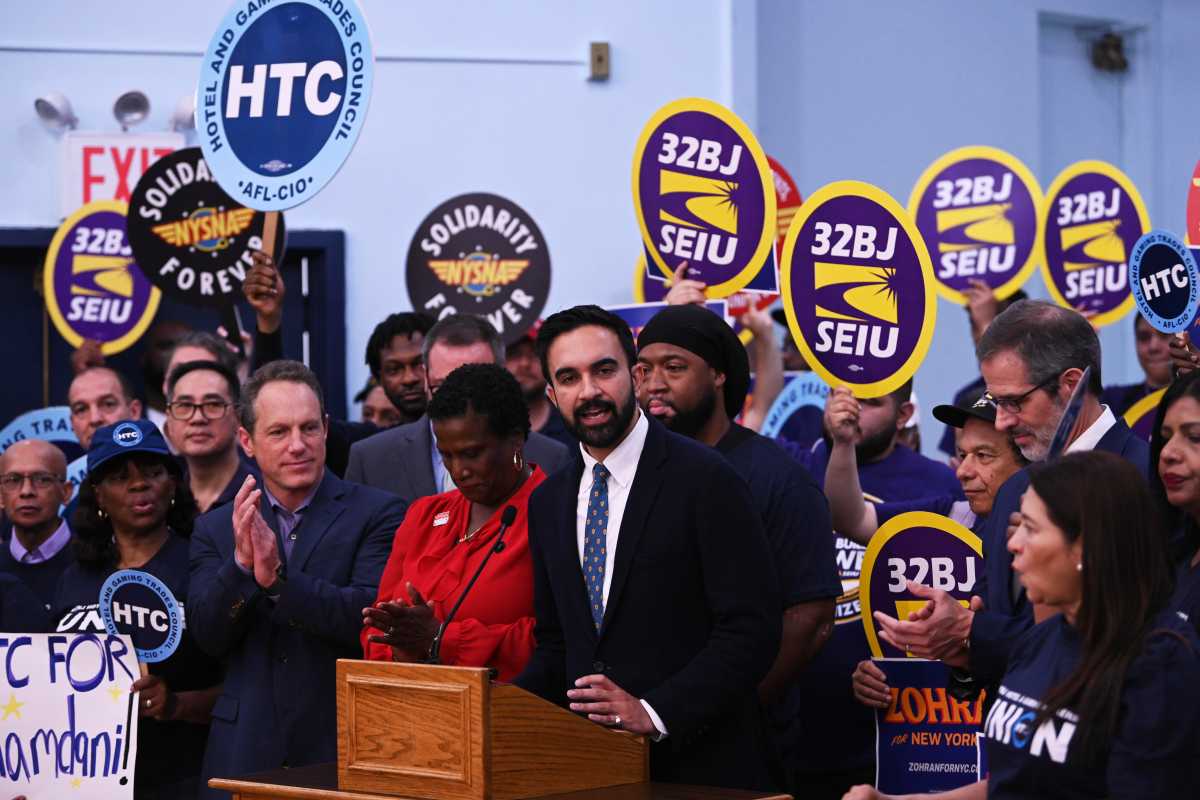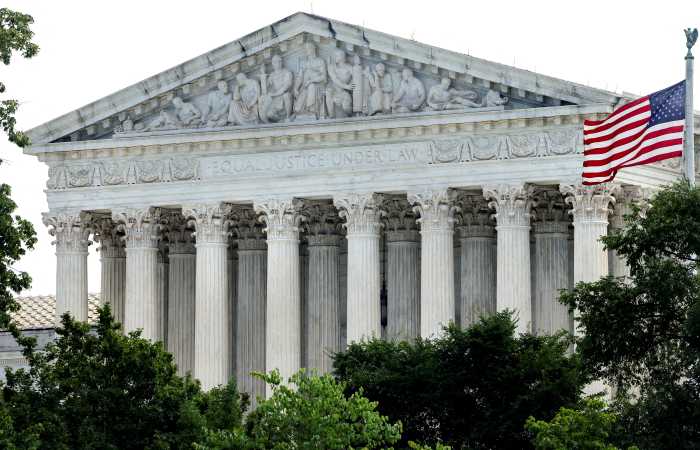Community Board 18 last week gave its blessing to the city’s rezoning plan for Canarsie, the largest initiative of its kind in the borough’s long history.
The Department of City Planning (DCP) will now advance the technical work required to begin a formal public review, called the Uniform Land Use Review Procedure (ULURP), by the end of 2008.
The plan calls for the rezoning of 300 blocks in an area bordered by Avenue D/Foster Avenue to the north, Fresh Creek Basin/East 108th Street to the east, Belt Parkway/Seaview Avenue to the south and Paerdergat Basin/Paerdergat Avenue North to the west.
The review will involve public hearings at the community board, borough president, City Planning Commission and the City Council.
Richard Jacobs, a senior planner with DCP, and Winston Von Engel, the deputy director of the agency’s Brooklyn office, presented the near-final version of the plan at the community board’s September meeting.
The goal, planners said, is to protect and preserve the low-scale character of the community.
On Canarsie’s residential blocks, the study recommends the mapping of low-density, so-called contextual zoning districts that would preserve the existing detached and semi-detached, one- and two-family homes and attached homes where these homes are predominant.
Contextual zoning districts are intended to result in new construction that is more in character with existing homes, the agency noted.
Along Canarsie’s commercial shopping corridors of Rockaway Parkway, Flatlands Avenue and Avenue L, the study recommends contextual residential and commercial zoning districts that would permit mixed-use buildings with stores on the ground floors and apartments above.
Commercial overlay zones—zoning districts that permit local retail and services—would be mapped or modified to better reflect the existing commercial retail and service uses along these shopping corridors, according to the agency.
“Ultimately, we’ll be in much better shape here,” Jacobs said.
But Mary Anne Sallustro, president of the South Canarsie Civic Association, balked at what planners admitted was a “slight upzoning” along the shopping corridors.
“We feel the street can handle the density,” Jacobs said. “We have to consider future growth, where appropriate.”
Von Engel noted that this district is only along Flatlands and opposite the subway station, where existing builidng match what would be allowed.
“We are talking about Flatlands Avenue, which is a 100-foot wide street,” said Von Engel.
“I grew up on Flatlands Avenue,” Sallustro countered.
Meanwhile, some in the audience observed that the damage from the builidng boom has already been done—there is scarcely available land in which to build anything out of character in Canarsie anymore.
“There are maybe 10 lots left in Canarsie not built on,” said board member Frank Seddio.
The board did not request that any significant portion of the proposal be amended, something planners warned would delay further its adoption.
Councilmember Lew Fidler, credited with helping to spark DCP’s months-long study of the issue, praised the agency for its thoroughness.
“They went block by block for 300 blocks. That’s an extraordinary analysis,” he said.
He said the goal is to “make zoning as restrictive as possible so developers can’t come in and tear down a house and build more than is allowed. I believe they’ve accomplished that.”
Fidler said he hoped for a speedy public review.
“The sooner we get this done, the less likely it will be before a developer will come in and rape a block,” the city lawmaker said.


